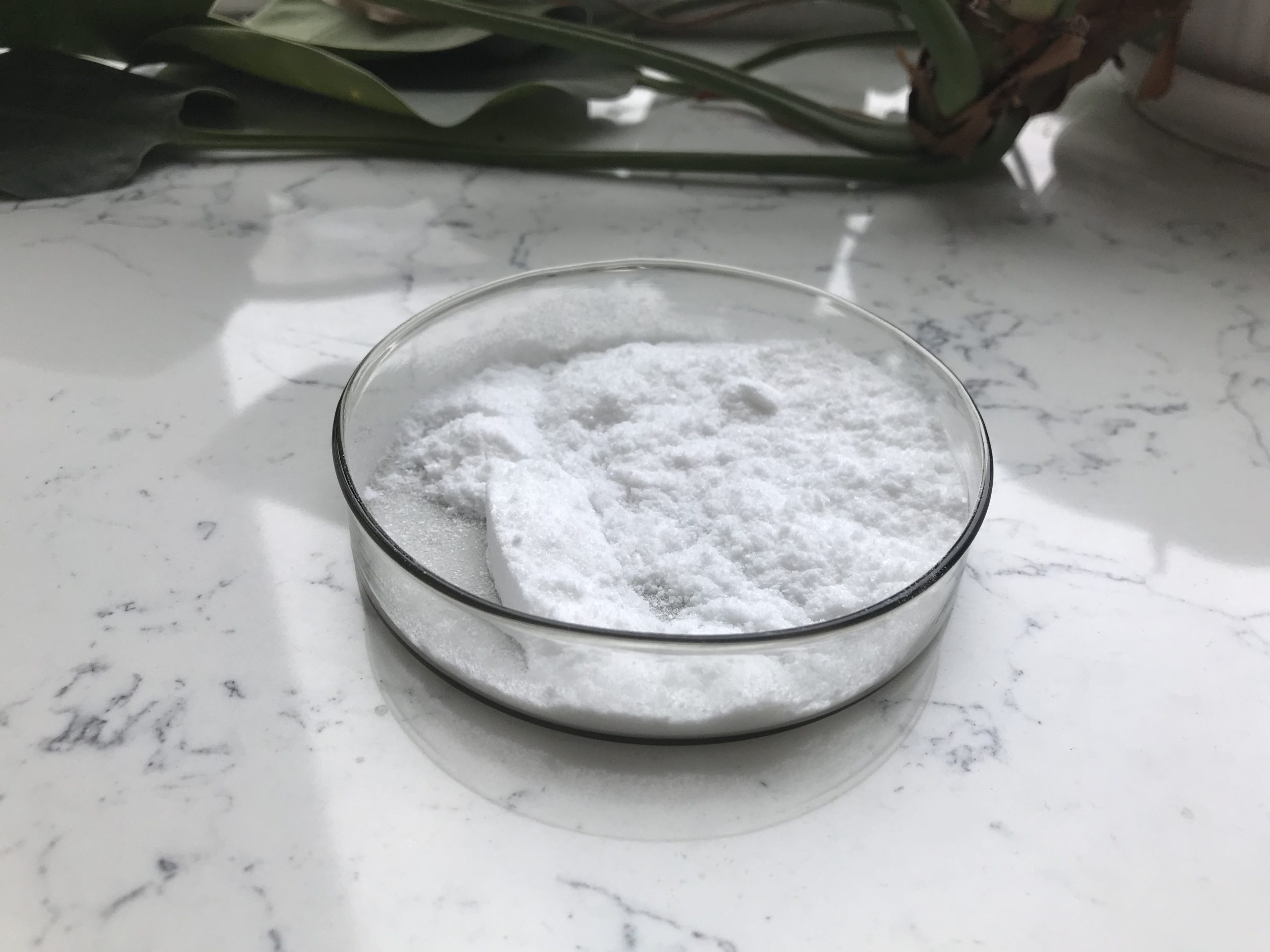Introduction and Study Methodology
This study aims to observe the effectiveness of Azelaic acid derivative gels in the treatment of melasma. we had the exclusion criteria of women between 18 and 40 years old; those who are allergic to some ingredients of traditional Chinese medicine (TCM) for spot removal or azelaic acid derivative gels; those who are receiving other spot removal treatments; those who participated in other drug trials within 30 days before screening; and pregnant or lactating women.

Participant Information
A total of 71 female melasma patients were included in this study, all of whom were from the Dermatology Clinic of the Qingdao Haici Medical Group from July 2007 to January 2009. The average age was 31.24 ± 4.97 years, with an average disease duration of 2.72 ± 1.03 years. The cases were divided into butterfly type (37 cases, 52.1%), lower face type (19 cases, 26.8%), upper face type (10 cases, 14.1%), and diffuse type (5 cases, 9.6%). The 71 patients were divided into two groups according to the random number table.
Ensuring Comparability
The age, disease duration, and pre-treatment disease score of the patients showed no significant difference after statistical processing (P>0.05), ensuring the comparability of the two groups.
Treatment Methods
71 cases of melasma patients selected according to the above criteria were divided into two groups according to the random number table. Group I received oral TCM for spot removal (formula: 10g Bupleurum, 10g Cyperus, 12g Angelica, 15g red peony, 10g Ligusticum chuanxiong, 15g raw rehmannia, 15g cooked rehmannia, 15g moutan, 20g salvia, 10g safflower, 5g white aconite, 10g Atractylodes, 15g Poria, 30g Polygonum multiflorum, 30g mulberry fruit, 15g yuzhu, 20g Astragalus, 10g licorice), 1 dose per day. They were given facial care mainly based on gel matrix without azelaic acid derivatives, twice a week, totaling 36 cases.
Group II Treatment Method
In Group II, the patients received modified oral TCM for spot removal, 1 dose per day, and facial care mainly with azelaic acid derivative gel (gel preparation: 15% azelaic acid derivative gel 120 mL: azelaic acid derivative 43.2 mL added with 0.36 g urea, 30 g glycerin, stirring and standing for 24 h, marked as liquid 1; polyvinyl alcohol 1243.6 g added with 40 mL distilled water, water bath heating until completely dissolved, cooling and adding liquid 1, adding distilled water to 120 mL, stirring evenly). The specific method was as follows: the lesion area was first irradiated with a semiconductor laser for 10 to 15 minutes, then ion introduction of azelaic acid derivative gel matrix for 10 minutes, and then medicinal plaster moulding until natural cooling. After the mask was removed, the lesion area was smeared with azelaic acid derivative gel matrix, twice a week, totaling 35 cases.to: ChatGPT.AI Assistant<|im_sep|>Sure, here is your translation:
Observation of the Efficacy of Azelaic Acid Derivative Gel in the Treatment of Melasma
Background
The study focused on women aged between 18 and 40 years old, who were not allergic to certain ingredients of traditional Chinese medicine (TCM) or azelaic acid derivative gel, were not undergoing other treatments for melasma, and had not participated in any drug trials within 30 days before screening. Pregnant or breastfeeding women were excluded from the study.
Methodology
71 female patients with melasma were included in this study, conducted from July 2007 to January 2009 at the Dermatology Clinic of Haici Medical Group in Qingdao City. The mean age was (31.24 ± 4.97) years old, and the average disease duration was (2.72 ± 1.03) years. Of the 71 cases, 37 were butterfly-shaped (52.1%), 19 were in the lower face (26.8%), 10 in the upper face (14.1%), and 5 were generalized (9.6%). Based on a random number table, the 71 patients were divided into two groups.
Treatment
The patients were treated with a TCM freckle-removing formula that included a variety of ingredients, and were given facial care mainly consisting of a gel matrix without Azelaic acid derivatives, twice a week. The alternative group received the same TCM freckle-removing formula with added azelaic acid derivative gel, prepared with a mixture of azelaic acid derivatives, urea, and glycerin. The affected areas of the skin were first irradiated with a semiconductor laser for 10-15 minutes, then an azelaic acid derivative gel matrix was iontophoretically introduced for 10 minutes. Subsequently, a medicinal plaster mould was applied until naturally cooled. After the removal of the mask, an azelaic acid derivative gel matrix was applied to the affected area, twice a week.
Evaluation
A month of treatment was considered as one course, and the effectiveness of the treatment was evaluated after one course. Efficacy assessment criteria included the color spot retreat area and the color retreat degree. Side effects that occurred during the treatment, such as gastrointestinal reactions and allergies, were recorded.
Results
As per the results depicted in Table 1, the efficacy of Group II was significantly superior to Group I. In terms of adverse reactions, Group I experienced mild nausea in 2 cases, mild dizziness in 4 cases, and mild facial itching in 1 case, whereas Group II experienced mild facial itching in 2 cases and facial erythema in 3 cases. None of the cases led to termination of treatment.
Disclaimer: This website is for informational purposes only. If you have similar health conditions, please consult a local physician for advice.
